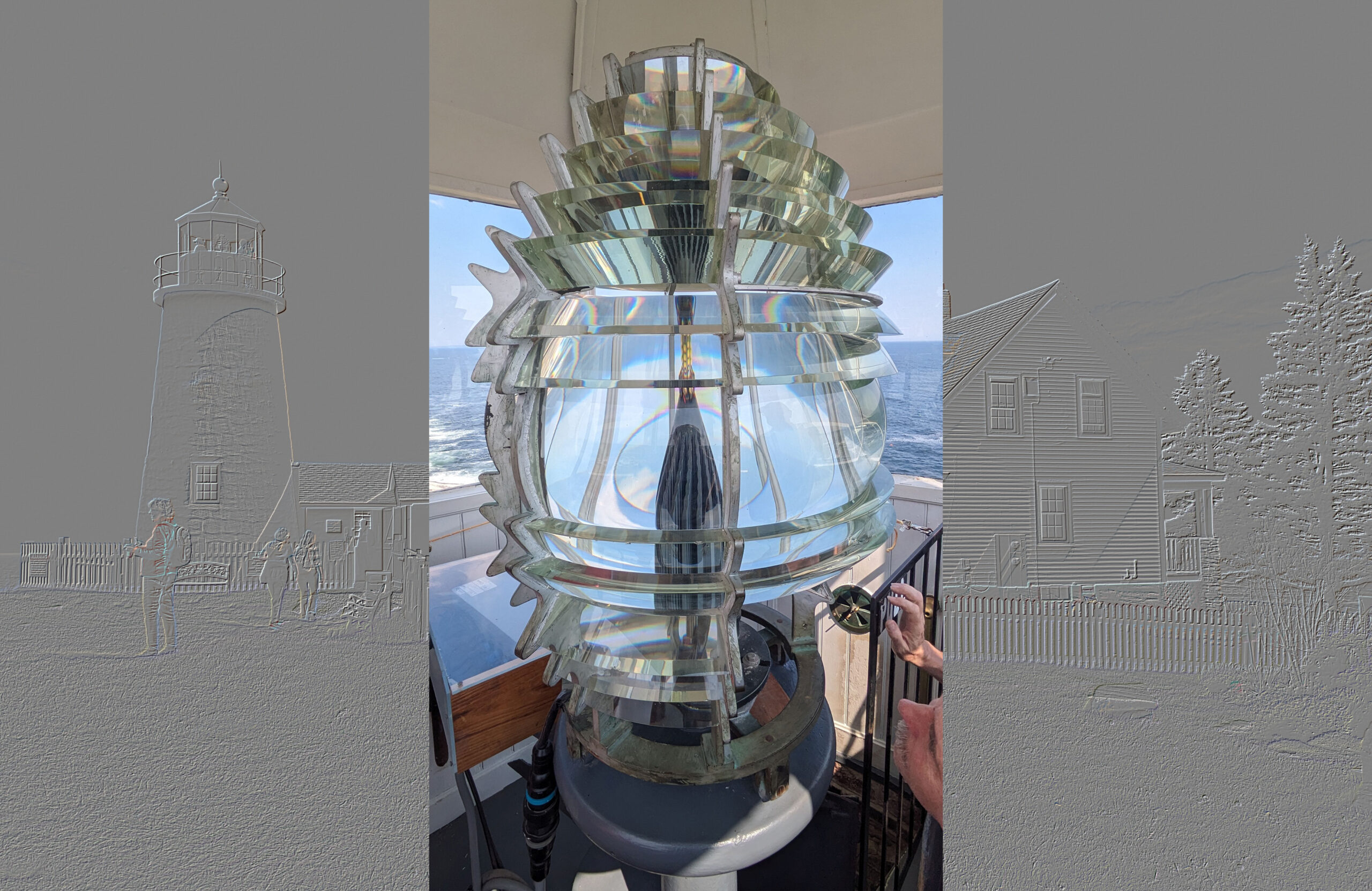
[Image above] Lack of parking space for bicycles is a major problem in some cities. The inflatable bike “poimo” offers one solution. Credit: ACM SIGCHI, YouTube
As company after company declares bankruptcy in the face of COVID-19, one could easily develop a gloomy outlook for the economy. However, for some industries, the future after the pandemic looks bright—especially for renewable energy.
In its Global Energy Review 2020, the International Energy Agency showed a steep decline in energy usage worldwide through mid-April, with a fall in demand for all energy sources—except renewables.
“Renewables were the only source that posted a growth in demand, driven by larger installed capacity and priority dispatch,” the review states.
In addition, the review shows lockdown measures are hastening the shift away from high-carbon sources of energy.
“After overtaking coal for the first time ever in 2019, low-carbon sources are set to extend their lead this year to reach 40% of global electricity generation—6 percentage points ahead of coal. Electricity generation from wind and solar PV continues to increase in 2020, lifted by new projects that were completed in 2019 and early 2020,” the press release on the review summarizes.
The power sector is not the only industry seeing a shift toward low-carbon devices—the transportation sector is as well. In particular, sales of bicycles have seen surprising growth in recent weeks.
“E-bike sales initially got hit pretty hard during lockdowns since many retail stores were closed down. However, since bike shops have reopened, sales have been increasing rapidly,” Ryan Citron, senior research analyst at Guidehouse, says in an article on The Verge.
Although some hope this recent trend will lead to a long-term shift toward more biking, the truth is many cities lack the infrastructure to support such a lifestyle. For example, the current pandemic has only exacerbated the lack of parking spaces for bicyclists in New York City.
Ideally, local governments would invest in infrastructure, such as bike racks and dedicated bike lanes, to make their cities friendly to cyclists. Such investments take time, though, which means cyclists are stuck in difficult—and potentially dangerous—situations for the time being.
That is why a new proof-of-concept study by The University of Tokyo is so exciting. Though their study does not address some of the larger structural challenges, such as improved bike lanes, it does address a smaller problem for cyclists—lack of parking space.
In their study, the researchers address the lack of parking space by creating a special bicycle that embodies a concept they call “soft mobility.”
“We envision ‘Soft Mobility,’ which is a new type of personal mobility made of soft, lightweight, and inflatable materials. A soft body enables safer user interactions with pedestrians and drivers; the lightweight and inflatable properties allow the users to easily carry it as a ‘portable device,’ by deflating, folding, and packing it into, for example, a backpack,” they write in the paper.
To demonstrate their “soft mobility” concept, the researchers created a prototype inflatable e-bike called “poimo” (POrtable and Inflatable MObility), which comprises a pneumatic inflatable soft body (made from the thermoplastic polyurethane) and motor-driven wheels.
The prototype poimo described in this study requires some assembly. After inflating the body, a person must install the front and back wheels, a brushless electric motor, a battery, and a wireless controller. However, the researchers believe the assembly could be simplified if and when the poimo moves from prototype to product stage.
In experiments, the poimo carried up to 80 kg (176 lbs) and maintained its shape without buckling or break. “However, at the pressure of 24.1 kPa, we observed wrinkles at the top level when the weight gets larger than 60 kg. Therefore, we concluded that the internal pressure needs to be more than 41.4 kPa to guarantee the stable ride,” they note.
Though the results are preliminary, the potential is there, and I for one am excited to see where this research goes.
However, if you really are in need of a parking space, you can always try (at your own peril) what this woman did.

This video cannot be embedded on external sites. Click the image above or this link to view the video on YouTube.
Author
Lisa McDonald
CTT Categories
- Transportation


